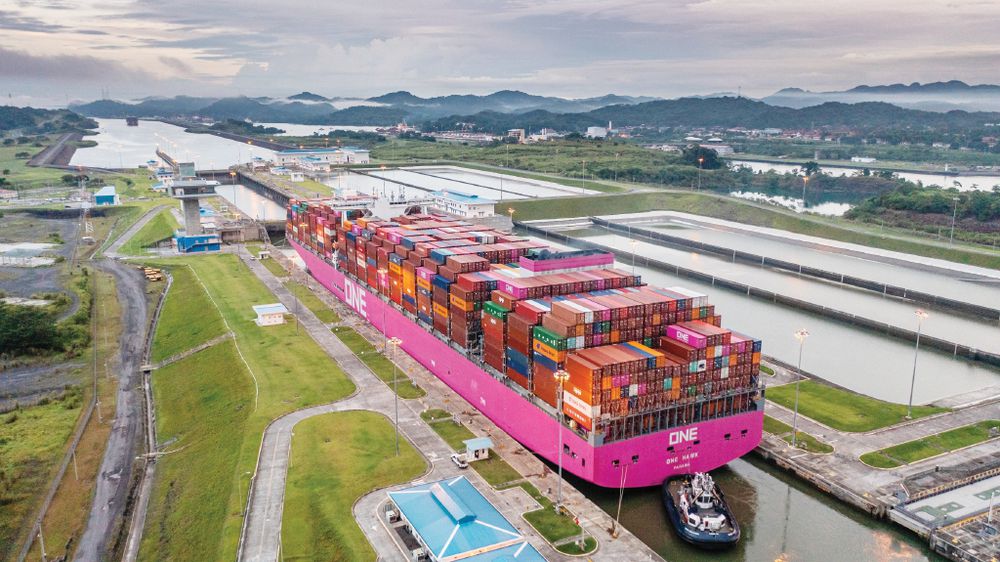Canal route cuts 13 million tons of CO2 emmissions

The Panama Canal contributed to a reduction of more than 13 million tons of carbon dioxide (CO2) emissions in 2020, by offering a shorter route for the transit of ships compared to the other available routes such as Suez, Cape Horn, and Cape of Good Hope.
The savings achieved last year by the use of the route is equivalent to the emissions of 2.8 million vehicles driven during a year or to the carbon absorbed by 217 million tree seedlings cultivated for 10 years, according to the estimates of the Panama Canal Authority (ACP) .
The route that generates the greatest savings in customer emissions is from Asia to the east coast of the United States and vice versa, followed by the east coast of the United States to the west coast of South America, and the east coast of the United States to the west coast of Central America.
Registration is achieved through a CO2 emissions measurement board of the ACP, which publishes monthly data on the decrease in pollution from vessels that choose to transit through the Panama Canal.
In January 2021 alone there was a saving of one million tons of CO2 emissions, which is equivalent to the emissions produced by approximately 215,000 passenger vehicles driven during one year.
This means that each transit saves an average of 1,206 tons of CO2 emissions, roughly the amount that a car would produce driving the length of the circumference of the earth 100 times.





